Free cash flow means the cash that is left over after a company pays for its operating expenses and capital expenditures (Capex) like purchasing new machinery, equipment, land & building, etc. and satisfying all its working capital needs.
Everything about Free cash Flow Simplified!
What we will talk about in this 🧵🧵:
1⃣What is Free Cash Flow
2⃣How to calculate Free Cash Flow
3⃣Types of Free Cash Flow
4⃣Importance & Limitations of Free Cash Flow
Let's dive in ⤵️⤵️

Free cash flow means the cash that is left over after a company pays for its operating expenses and capital expenditures (Capex) like purchasing new machinery, equipment, land & building, etc. and satisfying all its working capital needs.
1⃣Give investors higher dividends
2⃣Do share buybacks
3⃣Build a war chest for acquisitions or Capex.
4⃣Reinvest in the business when opportunity arises with lesser dependence on debt.
To calculate free cash flow, all you need to do is open the Cash Flow Statement and subtract "Net Capital expenditure" from "net cash from operating activities".
As we can see from the financials its cash flow from operating activities is 168 cr and its net capital expenditure is = 67Lakhs+3.46cr-(10Lakhs)
=168 Cr-4.03 crores= 163.97 crores is the FCF!
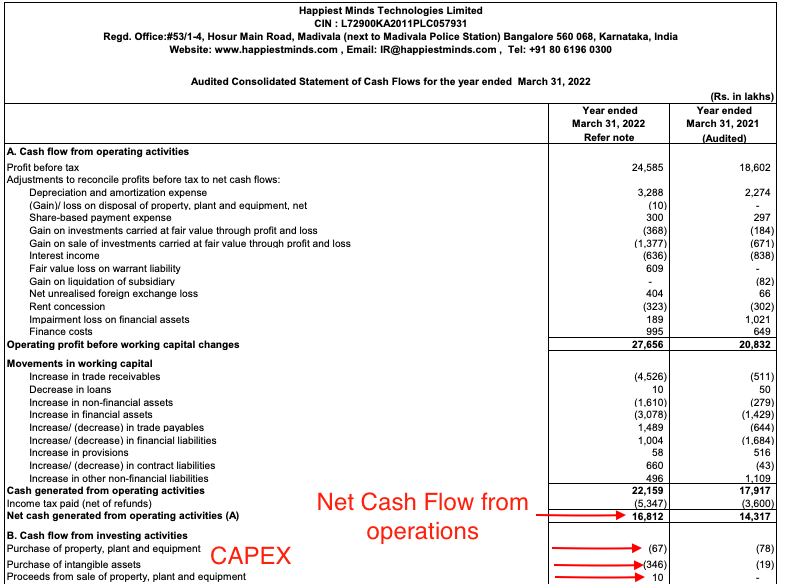
FCFF is the same FCF which we have discussed above, FCFF means the ability of the business to produce cash after deducting all its capital expenditures which is calculated as CFO - Capex.
Thus, the free cash flow that is left to the Firm

Free cash flow to equity (FCFE) is the amount of cash a business generates that is available to be distributed to the company’s equity shareholders as dividends or stock buybacks after all expenses, reinvestments, and debt repayments.
It is calculated as follows:
FCFE = Cash from Operating Activities – Capital Expenditures + Net Debt Issued (Proceeds from borrowings-Repayment of borrowings)
The main difference between the two is that Free cash flow to firm represents the Cash flow that is available to both the Debt and Equity holders.
FCFE only represents the cash flow that is available to the shareholders!
Company with high free cash flow can expand, develop new products, have a safety cushion, be in control of its own destiny, can expand without debt and pay dividends etc. Positive free cash flow is indicative of overall business health.
Out of 2.25 Lakh crores of Cumulative Cash flows generated by TCS, they have paid almost 1.4 Lakh crores of dividend in the last decade. As the business can grow without Capex.
@Tijori1

Low free cash flow is not always indicative of a failing business. Even healthy companies see a dip in free cash flow when they're actively doing Capex for pursuing growth.
We can see the same from some examples where companies were doing high capex to leverage growth resulting in negative free cash flow for a few years ⤵️⤵️
(Credits @Tijori1 )
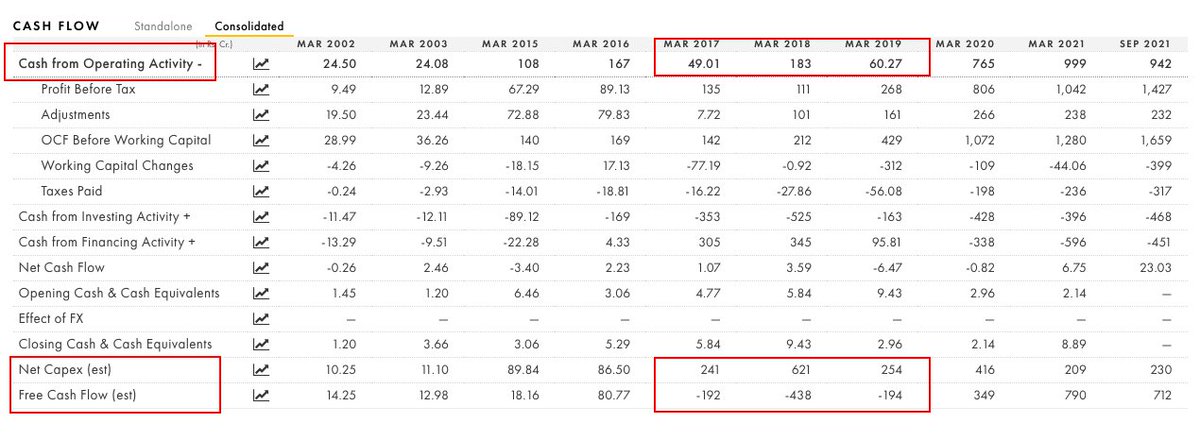
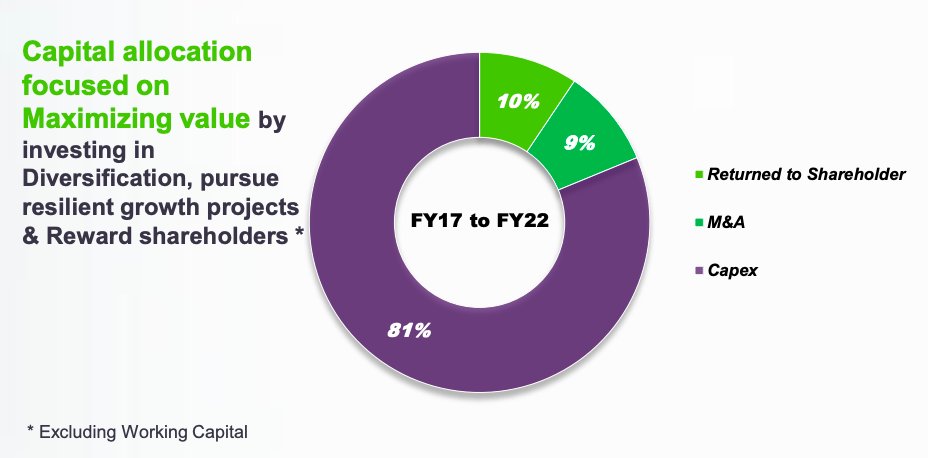
Linking the concept of change in working capital and its impact on Free Cash Flow. Those who understand can make a killing if they see working capital improving in a company.
In FY 2020 they switched to a cash and carry model from normal credit period business of 20 days which resulted in the reduction in net working capital days from 25 to 8 in FY 2021.
Just look at the working capital days:-
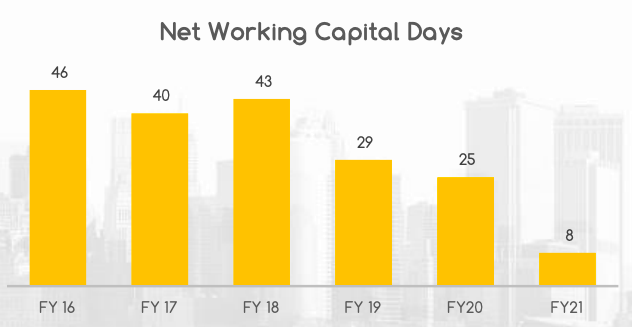
1. Massive deleveraging as lesser working capital loans were required to run the business.
2. Generation of solid free cash flow that can be paid out dividends or be used for Capacity expansion through internal accruals.
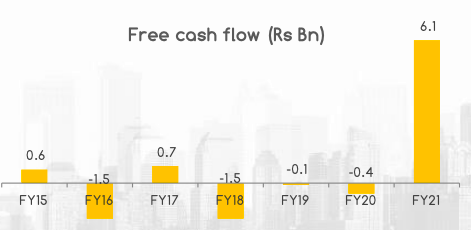
If we look at the 10 Years cumulative cash flow of the companies, it is as follows:
Look at the Working capital and this where Page wins!!
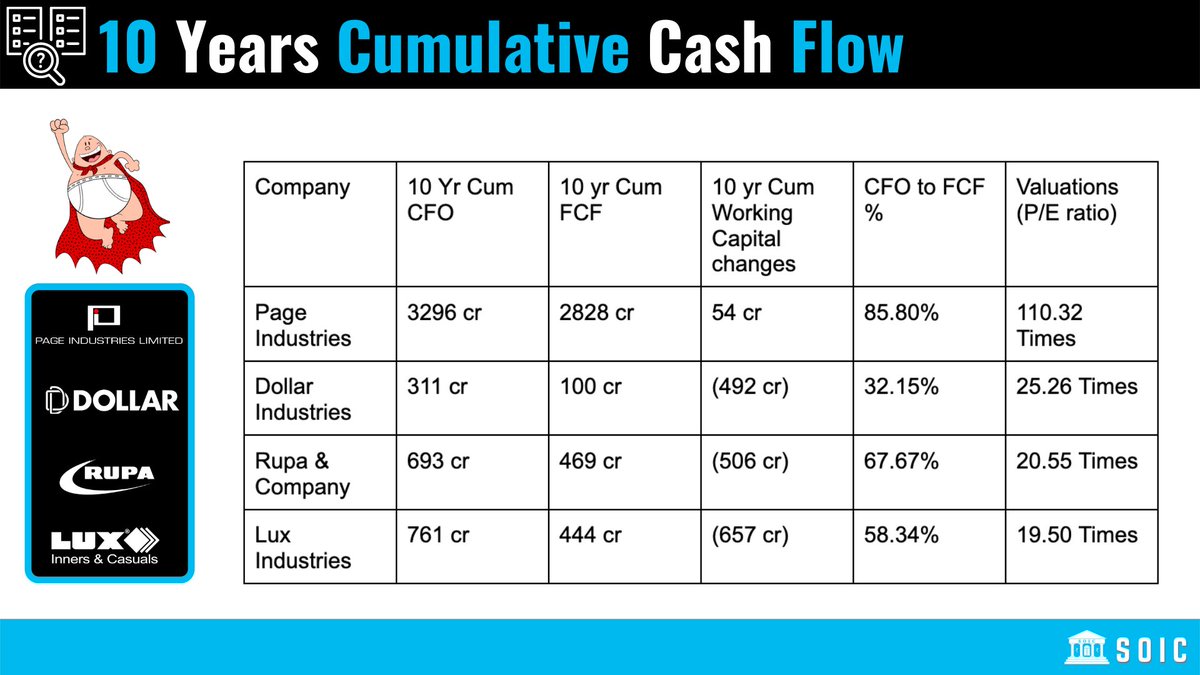
Thank you for reading!

Link to register 🔗: https://t.co/fTr7JYgszn

More from Intrinsic Compounding
More from Accounting
You May Also Like
These setups I found from the following 4 accounts:
1. @Pathik_Trader
2. @sourabhsiso19
3. @ITRADE191
4. @DillikiBiili
Share for the benefit of everyone.
Here are the setups from @Pathik_Trader Sir first.
1. Open Drive (Intraday Setup explained)
#OpenDrive#intradaySetup
— Pathik (@Pathik_Trader) April 16, 2019
Sharing one high probability trending setup for intraday.
Few conditions needs to be met
1. Opening should be above/below previous day high/low for buy/sell setup.
2. Open=low (for buy)
Open=high (for sell)
(1/n)
Bactesting results of Open Drive
Already explained strategy of #opendrive
— Pathik (@Pathik_Trader) May 27, 2020
Backtested results in 30 stocks and nifty, banknifty.
Success ratio : approx 40-45%
RR average 1:2
Entry as per strategy
Stoploss = Open level
Exit 3:15 PM Or SL
39 months 14 months -ve, 25 +ve
Yearly all 4 years +ve performance. pic.twitter.com/nGqhzMKGVy
2. Two Price Action setups to get good long side trade for intraday.
1. PDC Acts as Support
2. PDH Acts as
So today we will discuss two more price action setups to get good long side trade for intraday.
— Pathik (@Pathik_Trader) June 20, 2020
1. PDC Acts as Support
2. PDH Acts as Support
Example of PDC/PDH Setup given
#nifty
— Pathik (@Pathik_Trader) June 23, 2020
This is how it created long setup by taking support at PDC.
hopefully shared setup on last weekend helped. pic.twitter.com/2mduSUpMn5




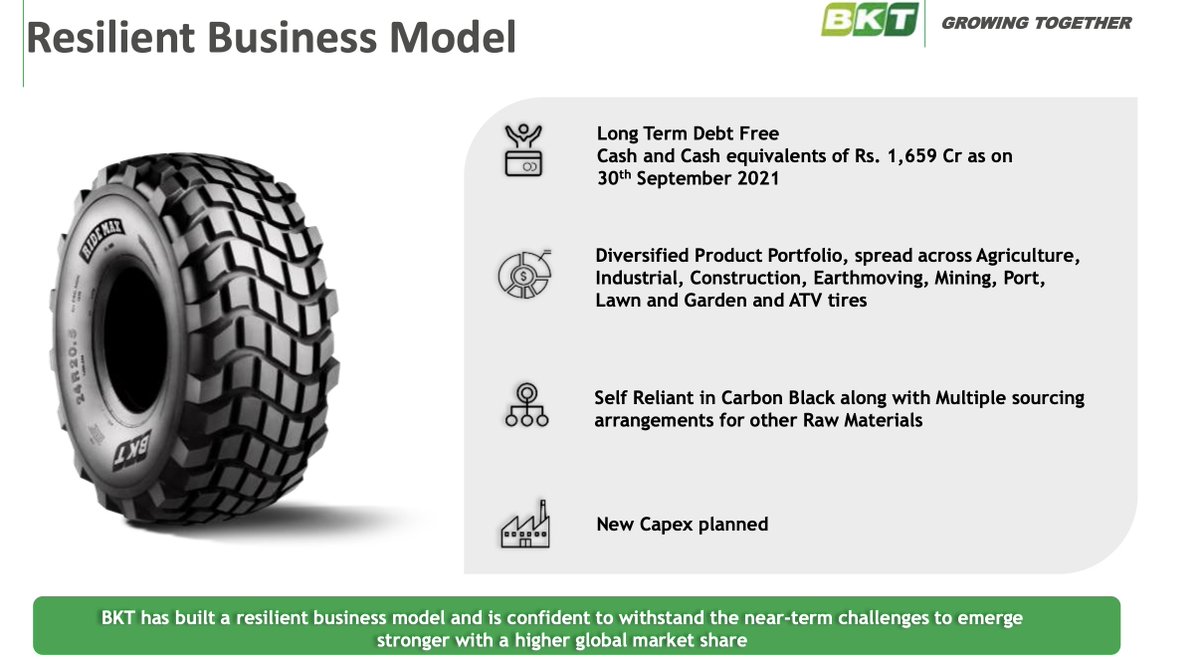
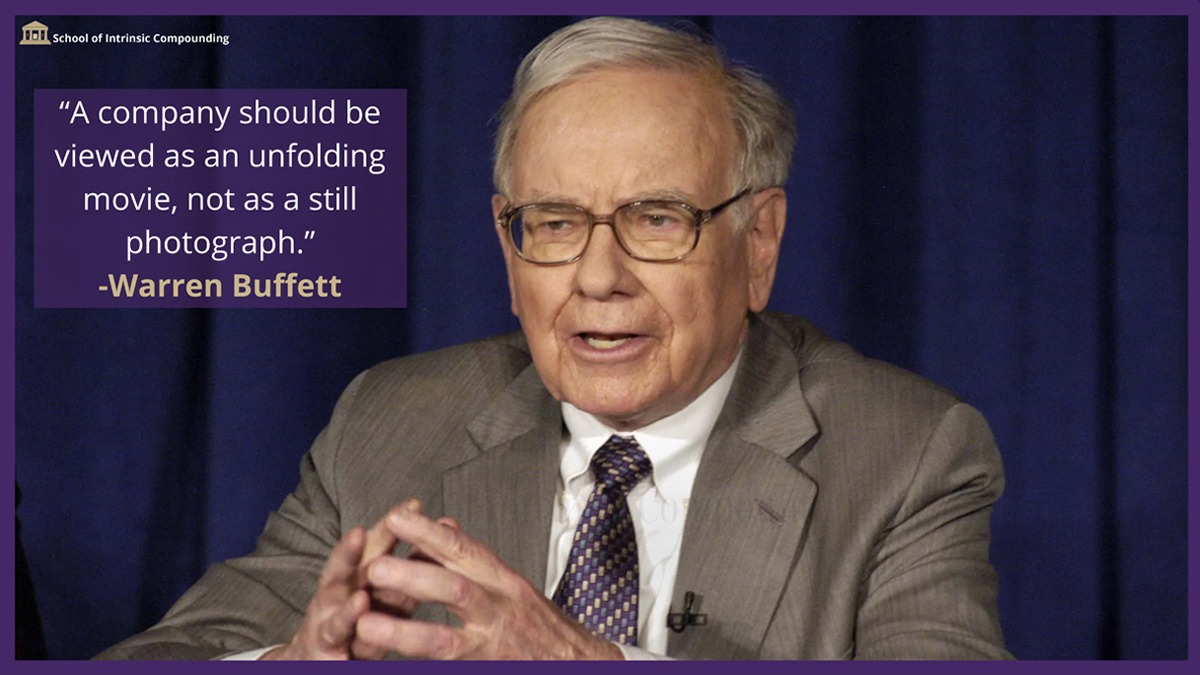





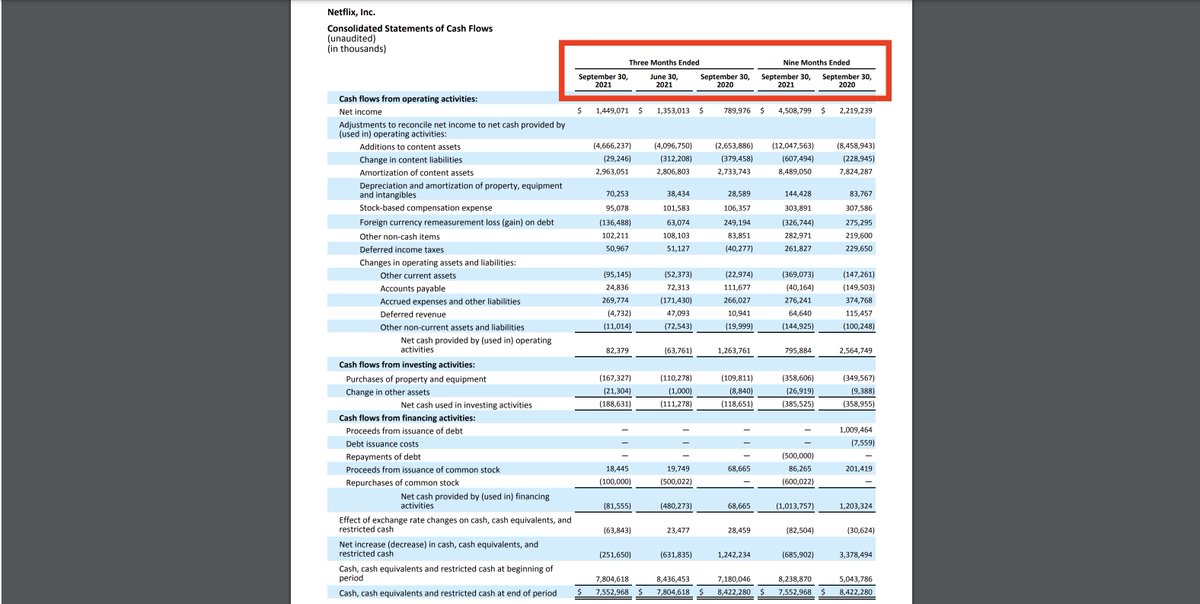

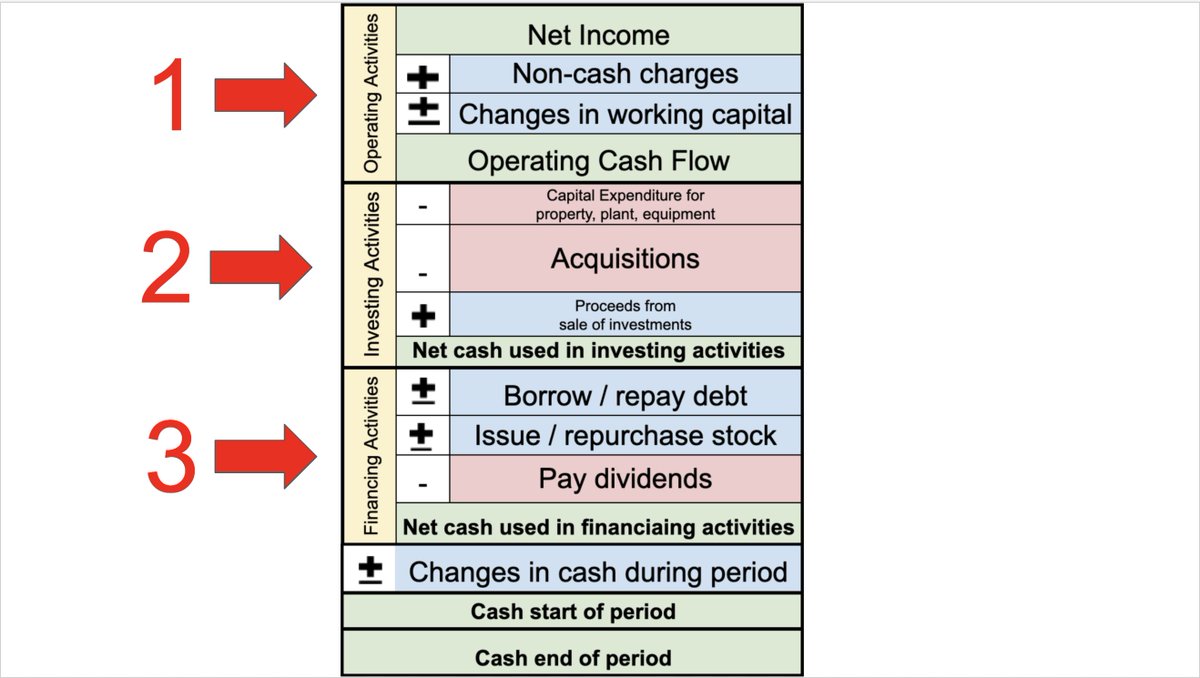







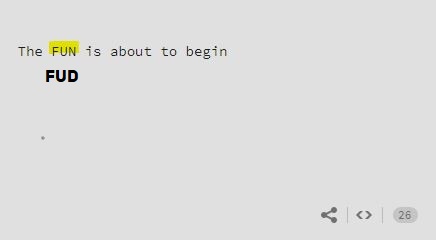

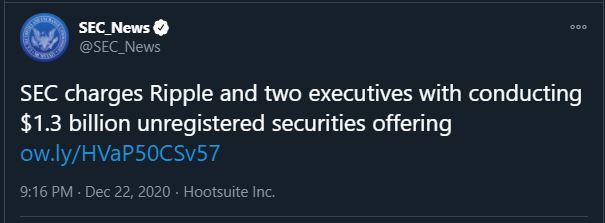




![Peter McCormack [Jan/3\u279e\u20bf \U0001f511\u220e]](https://pbs.twimg.com/profile_images/1524287442307723265/_59ITDbJ_normal.jpg)